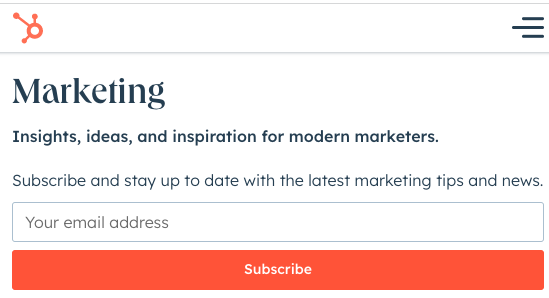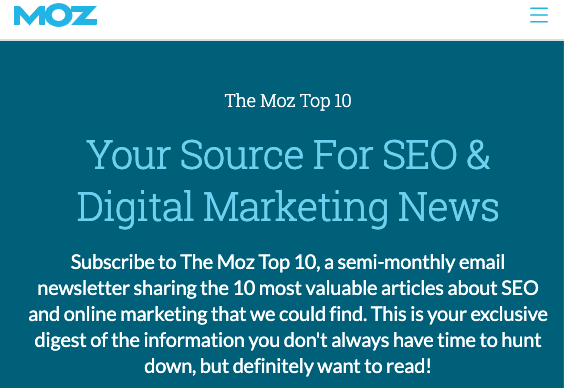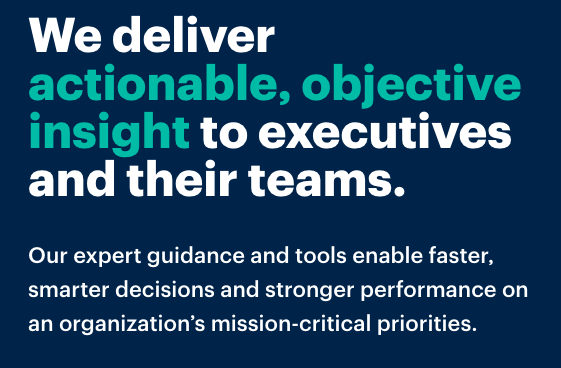What can you do to get your company its market share. And then, how do make that piece of cake keep growing?
That’s what this article will show you how to do. Let’s dive right in!
Knowing what your customers need and how to provide it better than competitors is the key. To make sure your company stands out and truly wows your customers, you must analyze the competition.
This is called competitor analysis and it involves assessing the strengths and weaknesses of other businesses in your industry.
A methodical approach to evaluating the competition ensures a well thought out foundation for the multiple stages that follow in your GTM strategy. B2B competitive analysis involves taking the time to study your competition and understand their market strategies so that you can make informed decisions about how to effectively target your own ideal customers.
By understanding your competitors you will gain valuable insight into the market’s needs, and be able to craft a strategy that will give you a truly competitive edge.
Let’s take a closer look at what it is and why competitive analysis is key for a successful product launch, as well as how to properly address this component within your GTM strategy.
The wrong approach to B2B competitive analysis
Let’s get this out of the way because as much as you might know this, it is very challenging to not do. The wrong approach to competitive analysis is looking for what your competitors are doing well and try to emulate it (and put your own spin on it of course).
While this strategy may appear to be a safe route, (“seems to be working fine for them”) it usually leads to mediocre or even embarrassing outcomes in the long run. Not only does this approach leave you no better off than your competitors, but attempting to imitate them will likely make you look worse rather than better in the public eye.
Instead of looking for ways to replicate success, focus on creating original strategies and ideas that set you apart from the competition. This approach will show off your unique value and help you stand out from the crowd.
What should your competitive analysis outputs look like?
Competitive analysis is a powerful tool to gain great insights into your competition. Its main outputs include determining product strengths and weaknesses, understanding competitor positioning, and examining the channels they use to reach their target customers. It can help give you an edge in the competitive landscape, so that you can find the opportunities to stand out from your competition.
Let’s have a look at what these actually mean:
Product strengths and weaknesses
Understanding the strengths and weaknesses of your product or service compared to those offered by other competitors is the most essential part of the analysis. Evaluating these differences can help you determine what value your offering brings to the market and reveal areas where you have advantages over your competitors. Additionally, by closely examining what areas you fall short in comparison to another business, you can determine where improvements are needed in order to remain competitive. This can be done through customer feedback, competitor research, and industry benchmarking.
To simplify we can use these basic questions for each competitor:
Internally, what are they really good at? what are they not good at?
Which opportunities does the market offer them?
What are potential threats for them in the market?
Positioning insights
Examining your competitors’ positioning strategies can provide invaluable insight. Look for their main focal points and identify any potential areas they may be overlooking in terms of their approach to positioning statements, social media presence, and customer testimonials. Understanding how they position themselves in the market will help you better understand their target customers and what makes them unique. Additionally, it will give you an idea of what ideas and values they are trying to convey to their audience, allowing you to craft a more compelling message that resonates with potential customers.
Content and Channels
Understanding how your competitors use various channels to reach and engage with their audiences, can provide invaluable insight for your own business. Analyzing their activity on all channels relevant to your audience can help you determine what types of content are producing optimal or poor results. Additionally, identifying which channels are being underutilized by your competitors can open up opportunities for you to expand your own presence in those areas. By taking the time to assess the various strategies employed by your competitors, you can capitalize on those insights and gain an advantage over them.
In evaluating a content marketing program, you want to assess the types of content produced (blog posts, ebooks, case studies etc.), the publishing cadence , and measure the performance.
You can measure website content in SEO performance,
Which keywords do they rank for?
Which Keywords are bring in the most traffic?
Social channels performance can be measured by looking at reach, engagement etc.
How to do competitive analysis effectively
Identify the most relevant competitors
Finding the right competitors is critically important for businesses in competitive places like the B2B sphere. Digging up useful information about your website when compared to bigger players in your market can be daunting and disheartening at times. For that reason, it’s essential to be realistic about who you decide to face off against. Bear in mind that you can always update your rivals after a certain amount of time if you feel ready to move on from your existing adversaries.
Two simple starting points:
Google Search – A simple way for you to identify good competitors is just to Google your target keywords.
Specific market analysis tools – Try tools or platforms like, G2 or Semrush market explorer.
Join professional communities – Joining professional communities that your target audience are likely to be part of allows you to see which vendors are being recommended for the same problem you solve. (This method can be a gold mine for a whole bunch of valuable information beyond just who your competitors are).
SEO competitive analysis gives you more than SEO
We mentioned analysing your competitors SEO above for content but it’s important understand that SEO competitive analysis gives much more than just insights into search engine optimization. It can provide a comprehensive analysis which takes many different aspects into account to give you a robust picture of your go-to-market (GTM) strategy’s performance in the market. This analysis can help identify both opportunities and potential weaknesses that can be used to formulate and adjust strategies for success by understanding the values, preferences and needs of the target audience.
Additionally, SEO competitive analysis allows you to gain insight into what your competitors are doing with regards to their own marketing campaigns, giving an advantage when formulating new strategies to compete in the same markets. Understanding such data helps companies craft plans tailored specifically for their target customers needs while capitalizing on the opportunities that exist from the gaps left by competitors.
What part does the competitive analysis have in the GTM strategy?
When it comes to constructing a winning GTM strategy, it is essential to take a step-by-step approach as every layer relies heavily upon the prior. This is especially crucial for the competitive analysis step. Let’s explore the steps of the GTM strategy and underline where the competitive analysis step comes in the order.
Identify your target audience
The first stage of the workflow is defining the total addressable market, which includes identifying your ideal customer profile at the company level as well as determining who are the relevant stakeholders within that company. This information provides important context for later steps in the process, such as understanding their buying journey and formulating actionable strategies for success.
Breakdown Your Buyer’s Journey
The next stage requires you to detail the stakeholder’s buying journey by mapping out how they interact with your products or services from start to finish. By understanding their needs, pain points and expectations clearly, you can create marketing content and sales processes that cater specifically to them for maximum efficacy.
competitive analysis
Afterwards comes competitive analysis which helps you gain insight into what your competition is doing and how successful they are being at meeting their business goals. Leveraging this information will help you understand both your strengths and weaknesses when compared to those of your competitors while giving you guidance on which markets or sectors might be better suited for your products or services in terms of risk minimization.
Value proposition, messaging, demand generation and KPIs
Finally, once you have completed competitor analysis you can move forward with completing the final pieces of your GTM strategy: value proposition formulation, messaging development, demand generation strategies formulation, as well as setting up key performance indicators (KPIs) that will allow you track progress towards targets throughout the entire process.
Following a structured approach when creating a B2B GTM strategy is essential in order to ensure that all required tasks are taken into consideration in order to achieve desired results efficiently and effectively. Additionally it can provide valuable insights from competitive research allowing businesses leverage such knowledge when crafting plans tailored specifically for its target audience’s needs.
Get that piece of cake and make it grow!
Analysing the competition is essential for devising an effective GTM strategy that will ensure a successful product launch. With a comprehensive approach to evaluating the competition, you can build a strong foundation for your strategy and increase your chances of success. The payoff of this effort – new customers and a larger slice of the cake – makes it well worth the investment. By taking a methodical approach and investing in a competitive analysis, you set your company up for success and expand your market share.







